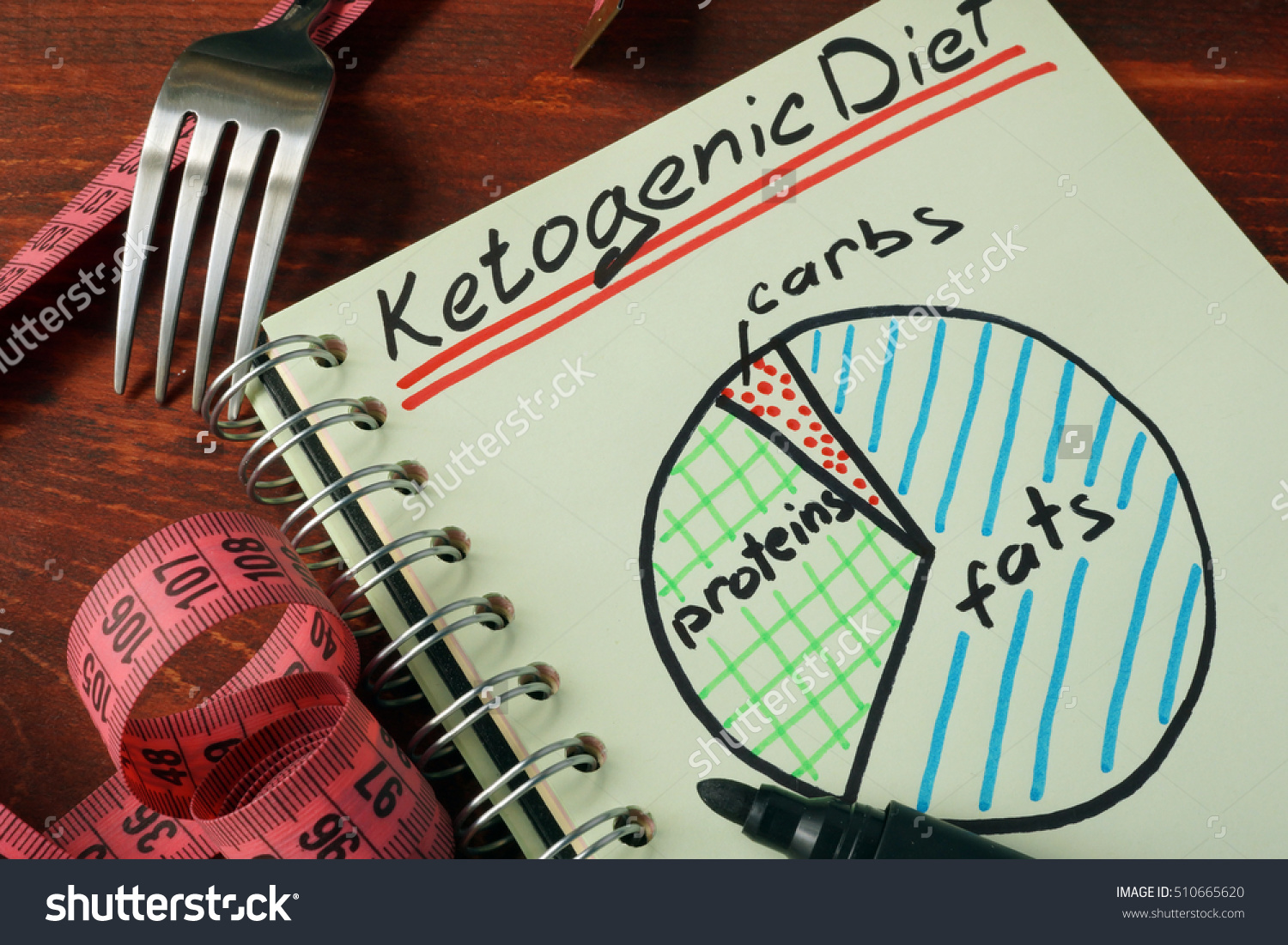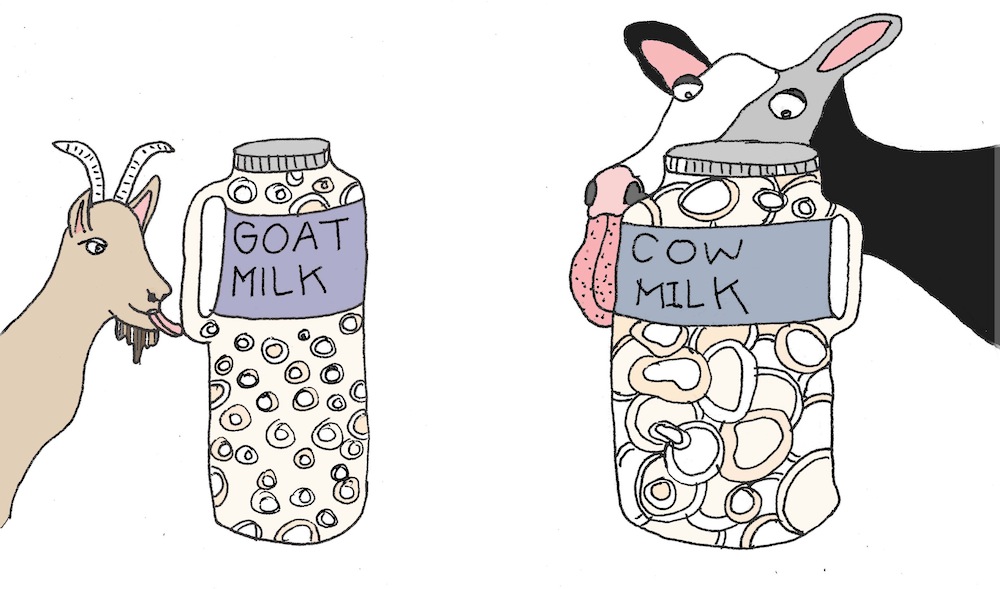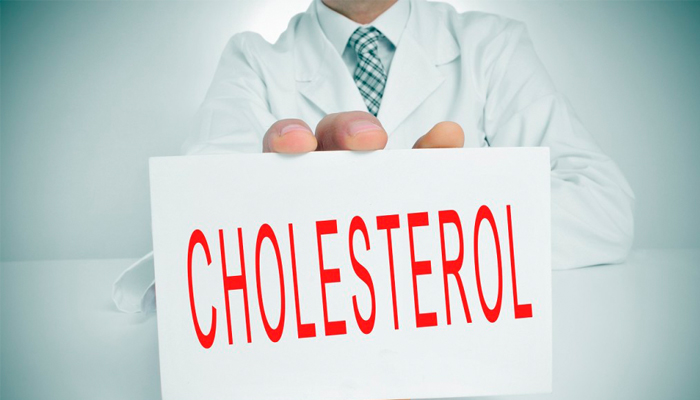Why do you need Vitamin D?
First, this vitamin promotes bone growth consequently preventing the condition known as rickets in children and the condition osteomalacia in adults.
Studies have also shown that individuals with higher levels or vitamin D are at lower risks of getting heart disease, colon cancer, breast cancer, and prostate cancer.
What are the Symptoms of Low Vitamin D?
- In children, bow shaped legs could be an indication of rickets which is a condition caused by vitamin D deficiency.
- In adults, a key symptom is bone pain and muscle weakness.
- Cardiovascular disease could be an indication of low levels of vitamin D in the blood
- Cognitive deficiency in older adults.
- Severe allergic reactions in asthmatic children.
How Much Vitamin D Should I Have?
Believe it or not, there is actually something like having too much Vitamin D in your blood, thus causing toxicity. This is common in people who depend heavily on supplements for Vitamin D. Consuming too much daily over a couple of months or taking a large dose at once can lead to toxicity.
Vitamin D is fat soluble. This means that, when it’s in excess in the blood, your liver ends up producing a chemical known as 25(OH)D in excess. When this chemical is in excess, it leads to a condition known as hypercalcemia which typically means too much calcium in the blood. Hypercalcemia can cause loss of appetite, insatiable thirst, frequent urination, constipation or even diarrhea, bone pain, muscle atrophy, confusion and chronic fatigue.
Nonetheless, it’s important to note that hypercalcemia can also be caused by other conditions such as sarcoidosis, hyperparathyroidism, among other rare conditions.
So what is the right amount of Vitamin D and how can you determine if your levels are adequate? A simple blood test to measure the levels of the 25(OH)D chemical in your blood can determine your levels of Vitamin D in the blood. If the test results show levels above 150ng/ml, then you’re at risk of Vitamin D toxicity. Below 80ng/ml indicates deficiency.
Which Foods Contains Vitamin D ?
- Fatty fish
Fatty fish such as salmon, tuna, trout, eel, and mackerel are a great source of Vitamin D. Fresh fish is great but canned tuna can also give you Vitamin D as well.
- Specific mushrooms
Mushrooms, just like human beings have the ability to produce vitamin D once exposed to the sun. Most mushrooms, however, grow in dark areas with the exception of a few such as the Dole’s Portobello mushrooms. When these specific type of mushroom is grown in ultraviolet light, it produces Vitamin D.
- Fortified milk
- Egg yolks
- Fortified cereal
What are other sources of Vitamin D?
Sunlight enables the body to make Vitamin D. Some exposure to the sun daily where possible is advised. Because of skin cancer risk, sunlight is not the most advocated option.
Other than food, the most accepted way to get the right amount of vitamins is through supplements. Consumption should not exceed 4000 IUs for people above the age of 9 so as to prevent toxicity. Consult a doctor before settling on dosage.



